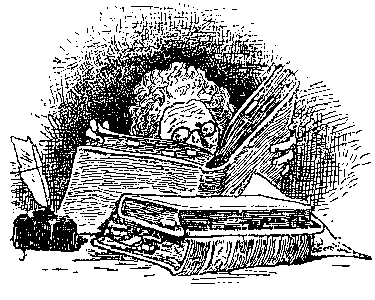

Beachler, Edwin.
- "Pittsburgh's Rebirth: What's Been Done?--What's Next?
- Big Clean-up of Streams Begins to Show Results,"
- The Pittsburgh Press, 21 November 1951, 13.
- ____________.
- "Pittsburgh's Rebirth: What's Been Done?--What's Next?
- Flood Control Key to Entire Redevelopment Program,"
- The Pittsburgh Press, 20 November 1951, 23.
- ____________.
- "Pittsburgh's Rebirth: What's Been Done?--What's Next?
- Million Yearly is Spent on Playground Expansion,"
- The Pittsburgh Press, 23 November 1951, 27.
- ____________.
- "Pittsburgh's Rebirth: What's Been Done?--What's Next?
- New Roads Due to End Nightmare,"
- The Pittsburgh Press, 19 November 1951, 17, 24.
- ____________.
- "Pittsburgh's Rebirth: What's Been Done?--What's Next?
- Park and Gateway Dreams Come True,"
- The Pittsburgh Press, 18 November 1951, 25, 33.
- Most cities talk about doing big things. Pittsburgh is different. It does them.
- Buck, Solon J. and Elizabeth Hawthorn Buck.
- The Planting of Civilization in Western Pennsylvania.
- Pittsburgh: University of Pittsburgh Press, 1968.
- Darkness, gloom, silence--these were conditions of the western forest.
"To sing of Pittsburgh and the road we came."
- Demorest, Rose.
- Pittsburgh: A Bicentennial Tribute, 1758-1958.
- [Pittsburgh]: Carnegie Library of Pittsburgh, 1958.
Dillard, Annie.
- An American Childhood.
- New York: Harper & Row, c1987.
Gay, Vernon.
- Discovering Pittsburgh's Sculpture.
- Pittsburgh: University of Pittsburgh Press, 1983.
Harpster, John W., ed.
- Crossroads: Descriptions of Western Pennsylvania 1720-1829.
- Pittsburgh: University of Pittsburgh Press, 1985.
Kidney, Walter C.
- Pittsburgh in Your Pocket:
- A Guide to Pittsburgh-area Architecture
.- Pittsburgh: Pittsburgh History & Landmarks Foundation, 1988.
_______________.
- Pittsburgh's Landmark Architecture:
- The Historic Buildings of Pittsburgh and Allegheny County.
- Pittsburgh: Pittsburgh History & Landmarks Foundation, 1997.
- The building type most often seen in Allegheny County is the freestanding single-family house, and groupings of these, serrating the skyline of a hill, clinging to a distant slope, or riding the edges of a street that dips and rises with the land, dramatize the contours of the terrain and its great scale.
Lorant, Stefan.
- Pittsburgh: The Story of an American City.
- Lenox: Authors Edition, Inc., 1988.
Michelinie, David.
- "Growing Pains,"
- Stan Lee Presents: The Amazing Spider-Man (September 1987).
Spider-Man swinging above a city skyline is normally a familiar sight--in New York. But the stadium in this background is not Shea, and residents here are more used to heroes called "Steelers" and "Pirates" than "Spider-Man."
For this is Pittsburgh, the metropolis Rand-McNally chose as the best city in America in which to live. Unfortunately, it may soon be known by a rather more sinister legend: as the city where Spider-Man died!
(p. [1].)
Roider, Joseph.
- Urban Blight: A Rock Climber's Guide to Metropolitan Pittsburgh.
- [Pittsburgh]: n.p., 1990.
The numerous hills, valleys and rivers of the Metro provide a variety of walls, bridges, and abandoned quarries which will challenge any urban climber (it is a fact that Pittsburgh is the #1 city of bridges in the U.S.A.).
(Foreword.)
Smith, Helene and George Swetnam.
- A Guidebook to Historic Western Pennsylvania.
- Pittsburgh: University of Pittsburgh Press, 1991.
Toker, Franklin.
- Pittsburgh: An Urban Portrait.
- University Park: The Pennsylvania State University Press, 1986.
In the beginning was the land.
This, Nature's first and richest gift to Pittsburgh, required 500 million years to prepare.
(p. [7].)
Van Trump, James D. and Arthur P. Ziegler, Jr.
- Landmark Architecture of Allegheny County, Pennsylvania.
- Pittsburgh: Pittsburgh History & Landmarks Foundation, 1967.
I would not give the midnight prospect of the Point from Duquesne Heights
for all the star lands of Orion.
(p. 5.)